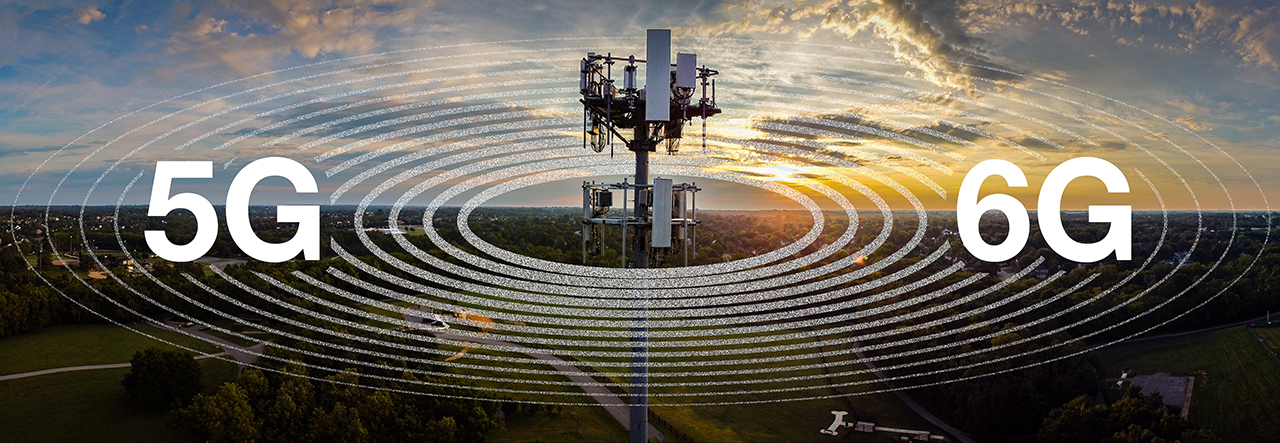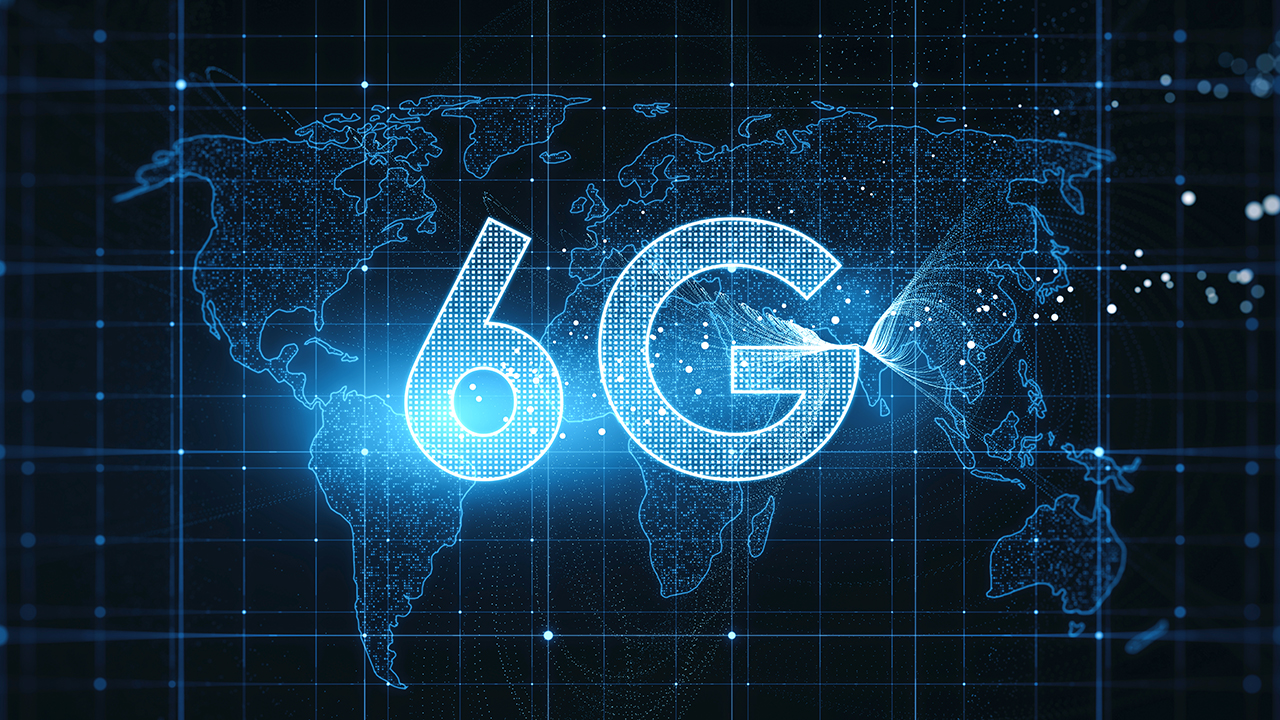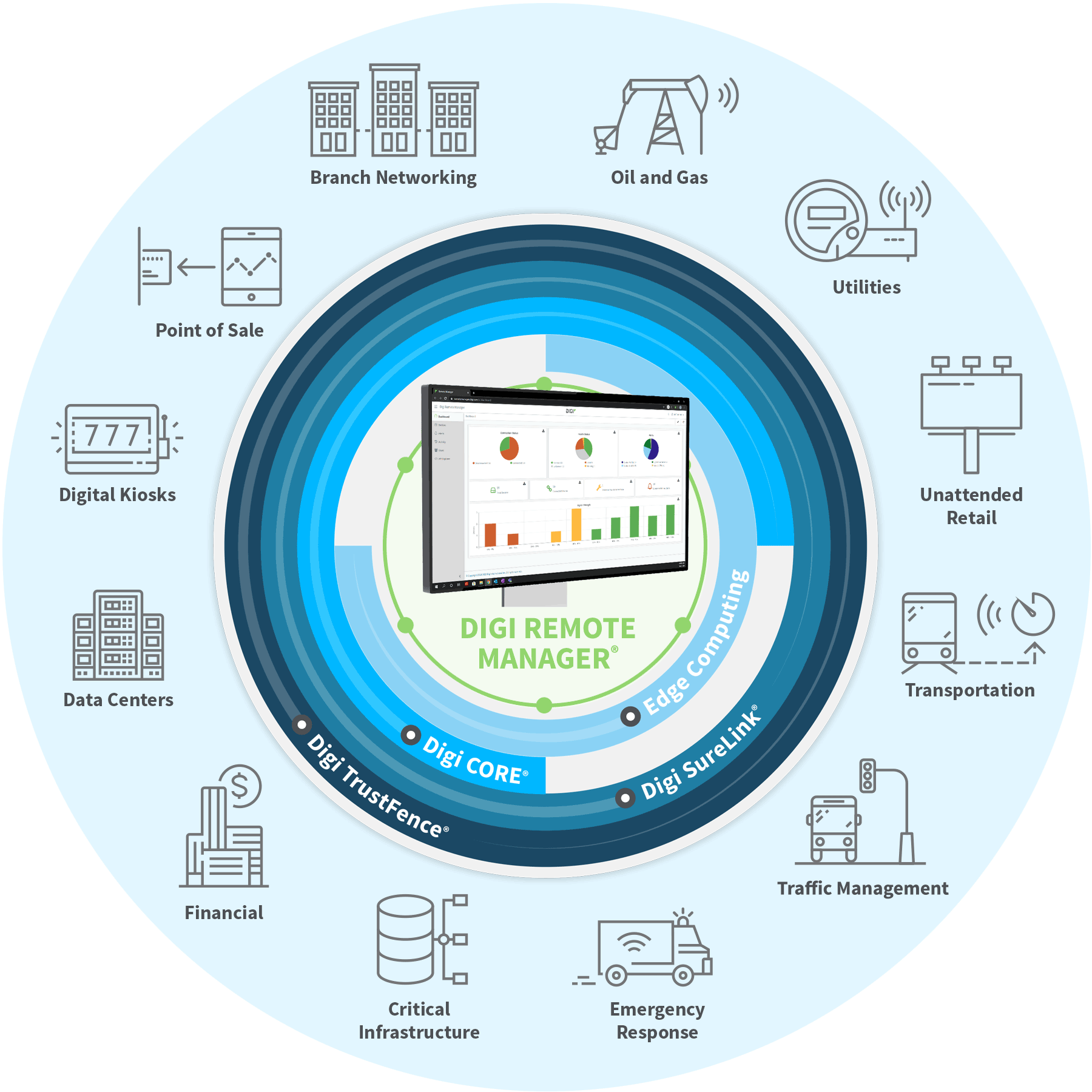For enterprises, sound investment in IoT deployments means not only taking advantage of today’s cutting-edge technology but also preparing for the evolutions that lie ahead. Connectivity plays a big role in the IoT equation. Now that 5G is well underway, the progression of wireless technology is leaving many company leaders and technologists wondering, “When is 6G coming, and what does it mean for 5G and 4G LTE?”
The release of each new mobile network generation occurs approximately on a 10-year cycle, and each evolution brings new capabilities and features not previously available. But the advent and release of the next generation doesn’t mean the previous generations will immediately become obsolete. Here, we’ll explore the timeline for the arrival of 6G and what it means for 5G and 4G LTE.
When Is 6G Coming?

6G is expected to launch commercially by 2030. 6G early research and requirements gathering has started, and like with previous generations, will continue throughout its lifecycle. 6G specification development and standardization is slated for 2025-2029. First lab testing and pilots of 6G are expected to begin in 2028, preparing 6G for commercial release in or near 2030.
Steps toward commercial readiness include the shift from 5G to 5G Advanced in 2024-2025. 5G Advanced is based on 3GPP’s Release 18 specification, which is expected to get finalized in mid-2024. After 3GPP Release 18 is finalized, most expect 5G Advanced networks and devices to arrive commercially at some point in 2025.
3GPP Release 19 is expected to lay the groundwork for 6G, and it has an anticipated completion date in late 2025. Further 6G refinements would occur in future releases, including Releases 20-22. While the exact timelines for the subsequent releases aren’t formally published at this time, previous release timelines indicate a development cycle — not including conceptualization or finalizations — of approximately 2 to 2.5 years. As a result, most anticipate the commercial release of 6G in or around 2030.
6G vs. 5G

Now that the answer to the question, “When is 6G coming?” is clearer, many often wonder whether the next evolution of wireless connectivity brings benefits that are worth capturing in IoT deployments or for other purposes. Functionally, 6G is a successor to 5G, and each evolution of wireless connectivity has brought improvements and new features, enabling new use cases that are not even conceived today.
The primary technological difference between 6G and 5G connectivity is that 6G will utilize higher frequencies than its predecessors. By incorporating higher frequency bands, above 100 gigahertz (GHz) and possibly even above 1 terahertz (THz), 6G would ultimately provide specific improvements to the overall wireless experience, leading to various advantages and making 6G ideal for a variety of next-generation use cases.
6G Advantages Over 5G
The appeal of transitioning to a new technology — or preparing for the arrival of the next generation — is capturing benefits that previous iterations don’t offer. While precisely how 6G will perform won’t be known until it's further into development, many experts anticipate specific outcomes for this upcoming evolution in wireless technology. Overall, 6G is poised to offer six key advantages over 5G, which include:
- Increased capacity by including the sub-THz spectrum and a functional range of 30 to 300 GHz
- Improved coverage and reliability through the expanded spectrum, up to 99.99999% (7 9’s)
- Increased peak speeds of up to 1 terabit per second
- Reduced latency, with the goal of supporting microsecond latency
- Over three-times increase in spectral efficiency, up to 100 bps/Hz
- Increase mobility support, of up to 1000 km/h or 600 mph
6G Challenges
Every generation of cellular communication technology is a major achievement in research and development, driving innovation and use cases forward. 6G is no different. However, some of the underlying technologies do not exist today. Researcher are busy trying to find new ways to solve the challenges that 6G brings, which include:
- Higher communication frequencies above 100 gigahertz (GHz) and possibly even above 1 terahertz (THz). This will require new radiofrequency (RF) designs and semiconductor materials.
- Faster processing to handle speeds above 1 terabit per second (Tbps). This will require optical processing, or even quantum computing technology.
- Power consumption and reduction. Based on data bits per kilowatt, 5G networks are 90% more efficient than their 4G predecessors. However, the huge increase in density and traffic are expected to negate these savings, leading to a net 5G energy consumption potentially 4 to 5 times higher than 4G. As 6G networks will be denser and faster compared to 5G, the power consumption is expected to increase significantly as well.
6G Use Cases

The commercial release of 5G was a revolution, and it supported the development of a wide array of use cases. With 6G on the far horizon, many are already exploring potential use cases for the technology. While the applications of 6G tech will likely evolve further once it’s closer to release, many expect it to have a significant impact on the following:
- Full-sensory digital sensing and reality for augmented reality technologies
- Artificial intelligence integration at the edge and in the network
- Industrial Internet for manufacturing automation and smart factories
- Tactile/haptic Internet for transmitting touch sensations
- Autonomous vehicle operation
- Virtual healthcare solutions
Will 6G Replace 5G or 4G LTE?
During the arrivals of 4G LTE and 5G, companies were concerned about the timing of the sunsetting of 2G and 3G networks. Ultimately, 2G and 3G networks are functionally shut down in the US, and they are at least slated to close in many other markets. More information on the sunsetting of 2G and 3G in other parts of the world is available here.
Considering how recently, in a relative sense, 2G and 3G connectivity phased out in more technology-forward regions, it’s easy to see how much overlap typically exists. After all, 2G remained during the rollout of 4G LTE, and some carriers were still supporting 2G when 5G began arriving.
Still, many enterprises want to know whether 6G will functionally replace 5G or 4G LTE, and if so, when carriers will sunset their 5G and 4G LTE networks. Ultimately, 4G LTE and 5G will become obsolete one day. However, neither technology is currently slated to phase out.
Phasing Out 4G LTE
Most expect that carriers will begin planning the sunset of their 4G LTE networks after the commercial release of 6G. As a result, 4G LTE will likely remain part of the paradigm for at least a few years beyond 2030. However, the exact timeline for the phasing out of 4G LTE isn’t entirely clear, and the phaseout may happen sooner in some regions than others.
One reason that 4G LTE may linger longer than average is the adoption of 5G remains relatively low, and carriers are struggling to see a return on their investment. While consumers are increasingly shifting toward 5G in markets where it's available, industry has been slower to transition.
Many businesses are still focused on evaluating whether a 5G investment is worthwhile rather than committing. According to a report by Oracle, high costs, evolving standards, complex architecture, and a lack of devices and software applications are all cited as reasons for the lower degree of traction. While slower industry adoption of 5G may not impact the sunsetting of 4G LTE, it might cause some carriers to hesitate to shoulder the cost of a 6G rollout.
Sunsetting 5G
At this time, the lifespan of 5G isn’t entirely clear. Based on the degree of overlap that’s common within the sector, carrier support for their 5G networks will likely extend at least slightly beyond the release of 7G. By assuming the typical release cycle of about 10 years, that means 5G would likely remain part of the equation until at least 2040. However, advances or delays in technology could alter that timeline, so keep that in mind.
Does 6G Exist Today?
Currently, 6G wireless network connectivity is broadly considered as being researched but not yet fully realized. Reports emerged of a lab in China reaching speeds of 206.25 gigabits per second, which would be regarded as a breakthrough in the development of 6G connectivity. However, those speeds were only achieved in controlled conditions, so it’s not indicative of a 6G release in the country.
How Soon Will There Be 6G Devices?
Precisely when 6G devices will hit the market isn’t entirely known. Typically, first devices featuring the next iteration of connectivity arrive as carriers prepare for their commercial rollouts. For example, Verizon led the way when it released its 5G network in early 2019, and it was generally coupled with Samsung’s release of its first line of 5G-ready devices that same year.
Generally, consumers can likely expect a similar correlation when it comes to the commercial launch of 6G networks and 6G devices. Demand for devices featuring 6G network technology is inherently tied to the availability of that specific technology generation. While the development of 6G devices will begin before the formal rollout of 6G networks, they won’t hit the market until 6G is almost available, likely in the 2029 to 2031 range.
With that in mind, first-generation devices are often more expensive and don’t deliver the full vision of the technology. And Enterprises will likely wait until 6G is available nationwide before they jump onboard, at which point 2nd generation commercial products are available, with more capabilities at a more palatable price point.
Will 6G Be Available in Any Country?

The adoption of new wireless network technologies varies depending on the country. For example, mobile network operators in the United States, China, and South Korea began rolling out 5G in 2019, putting them ahead of other nations.
While other countries have since introduced 5G — with 5G networks existing to some degree in 92 countries — it isn’t available worldwide yet. More rollouts are occurring every year, but not all nations have the infrastructure, resources, or funding to move forward as quickly as others.
The first 6G network countries will likely include the earliest adopters of 5G networks, as nations that were at the forefront of the 5G landscape are technology-forward countries that are classically on the cutting edge. However, it may take years after early adopters launch their 6G networks for 6G to be available in any country. After all, 5G began in 2019, and as of 2023, 5G still isn’t available worldwide, and the expansion timelines for 6G will likely be similar.
Digi Is Your Go-To Partner for Cellular Solutions
Digi has been developing cellular solutions since the early 2G days over 20 years ago and is a leader and expert with many industry-firsts. Digi provides comprehensive, end-to-end solutions for organizations and municipalities across the enterprise, industrial and transportation areas looking to deploy secure, reliable, robust, high-performance cellular connectivity and IoT functionality. Our solutions are inherently designed with long product lifecycles, featuring industry-leading devices with cutting-edge features.

Additionally, Digi’s solutions include an integrated management platform to support rapid configuration and remote monitoring, all while simplifying the management of deployments of any size. Digi also offers Professional Services to support planning, procurement and deployment. Let out experts help you create a right-sized solution based on your unique needs and networking requirements, ensuring it serves you well today, tomorrow, and far into the future.
Next Steps